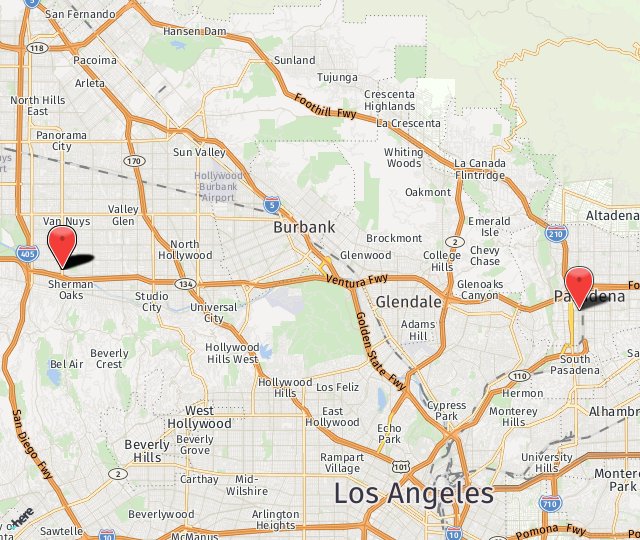A dental extraction, also known as exodontia, is one of the most common procedures performed at a dentist's office. The procedure involves removing or pulling a tooth. A surgical extraction may be necessary on certain teeth.
Reasons for Surgical Extractions
Dental extractions may be performed to minimize overcrowding or in preparation for braces. An extraction may also be performed to remove the following types of teeth:
- Wisdom teeth
- Decayed teeth
- Broken teeth
- Impacted teeth
The Surgical Extraction Procedure
More complex extractions may need to be performed by an oral surgeon. Surgical extraction is commonly performed on teeth that have broken at the gum line or have not descended into the mouth, such as wisdom teeth. The extraction procedure is performed under local anesthesia to minimize discomfort.
Recovery From Surgical Extraction
Patients should eat only soft foods and liquids for the first few days and gently rinse their mouth with warm salt water to relieve swelling and pain. Patients should avoid using a straw as it can induce bleeding.
Complications From a Surgical Extraction
The dental extraction procedure is safe for most patients with minimal to no complications. While most complications are rare, they may include:
- Accidental damage to surrounding teeth
- Fractured jaw
- Soreness in the jaw
- Dry socket or exposure of bone in the tooth socket
- Infection
Recovery From a Dental Extraction
After the extraction, patients may experience a certain amount of pain. The pain may be relieved by:
- Applying ice to the external area
- Rinsing with warm salt water
- Taking anti-inflammatory medication
Antibiotics may be prescribed to fight infection. Patients are also advised to avoid certain foods.
Most patients recover completely from a dental extraction within one to two weeks.

